12 Books Devina Mehra Loved Reading In 2024
Listing books of her choice, among the ones she reads during the year, is ace investor Devina Mehra’s favourite year-end activity. She says it’s a daunting task to pick around 12 books from a list of 50. “This has a year of rereading, ranging from old favourites, Bertrand Russell, Sudha Murthy and Mahadevi Verma to Robert Fulgum, Agatha Christie and even Enid Blyton,” she writes. She also read P.G. Wodehouse’s autobiographical works, and was fascinated at how much effort, thought and craft went into what look like easy breezy, off-the-cuff books. “To write the first 25,000-30,000 words of a book, he often wrote 100,000 words! From thinking of his characters as actors in a play and therefore giving big scenes to each, the craft of how to handle major and minor characters, the discipline of writing even in a Nazi prison with gun-toting guards literally breathing down his neck and so much more,” she writes about his autobiographical works. It’s a treasure-trove for his fans and for those who want to write fiction.
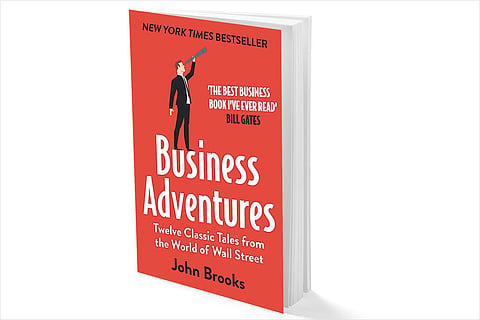
This book, which consists of powerfully and engagingly written business stories mostly from 1930 to 1960s, is listed among the favorites by the likes of Warren Buffett and Bill Gates.
Right on the first page, Brooks writes about the economic advantages of stock exchanges and “the disadvantage (that) they provide an all too convenient way for the unlucky, the imprudent, and the gullible to lose their money”. He further talks about how the exchanges have a whole pattern of social behavior, with customs, language and glib explanations of any and every event. Fascinatingly, all these patterns appeared soon after the first stock exchange was established in Amsterdam in 1602. We may be using high-tech computers now, but human nature does not change. That’s why it is illuminating to read business and finance stories which may be decades old.
There is more enlightening stuff like how the entire phenomenon of income taxes is just over a century old. And how much resistance there was to even a 10 per cent income tax in most jurisdictions and how soon it crossed 90 per cent.
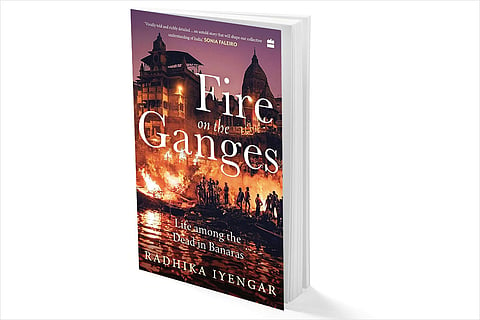
Fire on the Ganges|Radhika Iyengar
For all those who think that caste or gender no longer matter in modern India, this is an immersive research into the lives of the doms of Varanasi, who have been the traditional caretakers of the cremation grounds.
You realise that even in this day and age, in a city, there are people who have never moved out of a radius of a couple of kilometres. That there are children who fear being ostracised or are hiding their caste, while living with the constant fear of being found out.
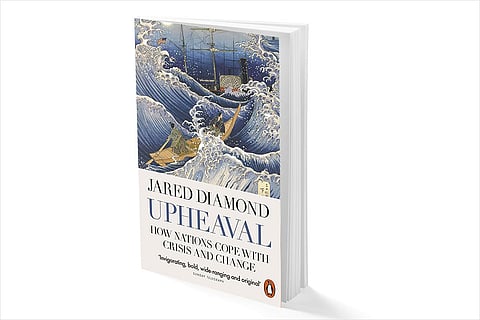
Upheaval: How Nations Cope with Crisis and Change | Jared Diamond
This one is both informative and thought-provoking. His Guns, Germs And Steel: The Fates Of Human Societies, has been among my favourites, in which the narratives or explanations about geographical and other advantages made a lot of sense. I found Upheaval: How Nations Cope With Crisis And Change more useful as it helps one know about the histories of many countries.
I am sure other than the ability to find Chile and Finland on the map of the world, most of us would be hard put to write even a couple of pages about them or their history. For that matter, how much do we know about 19th century Japan or Indonesia, which is the fourth most populous country in the world?
This book gives us great capsule histories of many countries that went through various crises and how they handled it. The fact that it’s backed by huge amount of research but presented lucidly in a digestible form makes it outstanding. The lessons drawn and the patterns observed—probably not so much.
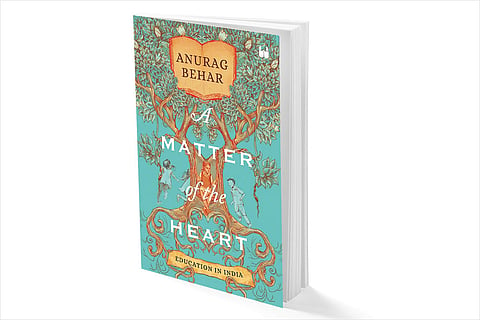
A Matter of the Heart | Anurag Behar
It’s a collection of columns mostly on education in India that is Bharat. It makes you think as well as feel ashamed of the kind of glib solutions we come up with, without having ever ventured out into the field. It’s a perceptive and compelling read.
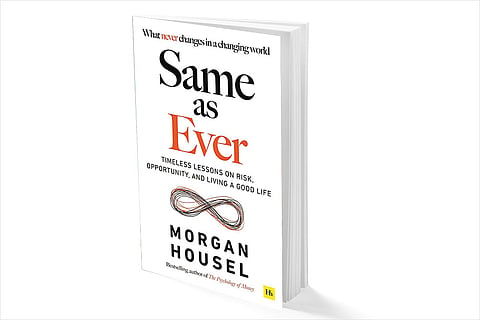
Same as Ever | Morgan Housel
This book is written about money without using many numbers or jargon. It talks about how to think about money and how—instead of trying to forecast the future—we can look at the past for lessons on how human beings behave and how it impacts investment outcomes.
For instance, our personal experiences impact us much more than studying data. Or risk is ultimately something we cannot foresee.
There are many lessons like this, all delivered through stories, anecdotes and lucid prose because, as he himself says, it is the best story that wins.
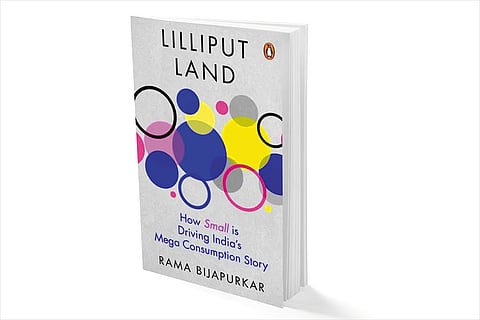
Lilliput Land: How Small is driving India's Mega Consumption Story | Rama Bijapurkar
It has much on consumer behaviour, the structure of the market, and opportunities, but the data is an eye-opener. For instance, it is not just that inequality is growing, but the bottom 60 per cent of Indians have become poorer in absolute terms.
There are many other valuable insights like how even the well-off are not as educated as we would think, or that just 1.4 per cent of Indian households own what may be considered a premium durables package. It’s a valuable book to understand the socio-economic underpinnings of Indian consumers.
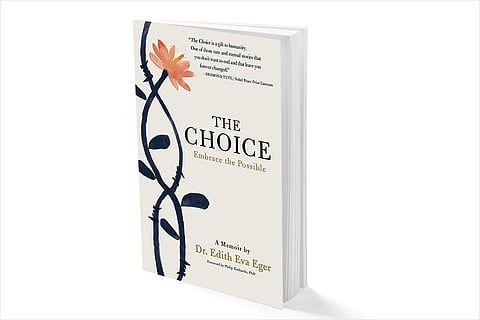
The Choice: Embrace the Possible | Edith Eger
There is much wisdom in this book written by a Holocaust concentration camp survivor. For instance, if you do not deal with the unfairness, ugliness, evil, abuse, the terror in your past and move on, you remain a prisoner no matter how many years have passed.
It talks about how suffering is universal, but victimhood is optional. We have a choice: to pay attention to what we’ve lost or to pay attention to what we still have.
It is the story of the choices, big and small, that can lead us from trauma to triumph, from darkness to light, from imprisonment to freedom.
A reminder that Eger found her vocation only when she was 50.
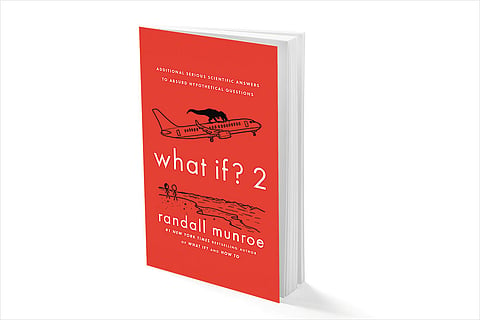
what if? 2 | Randall Munroe
This book, what if?2 by Randall Munroe, is pure fun of the geeky variety. The two what if? books answer all sorts of hypothetical questions you didn’t even know you had.
Some are weird, such as “What if you collected a brick of each element in the periodic element? (Answer: mayhem)” and “What if you took a swim in a spent nuclear fuel pool? (Answer: Surprisingly, consequences aren’t too bad).
Some are merely speculative. Such as, “How much water is there in a cloud?” and “If everyone had only ONE soulmate, what would be the odds of meeting them within a lifetime?” And so on and so forth.
Many of the hypothetical questions in what if?2 involve letting go of ONE physical world constraint and then assuming the rest of the laws of physics, chemistry and space hold. The rabbit holes you fall into are wild and wonderful.

Yuganta: The End of an Epoch | Irawati Karve
The English translation of the Marathi classic, with essays on some of the main characters and incidents of the Mahabharata, is fascinating!
Once you let go off the good-bad binaries, it is interesting to study what the actions of each character in the epic tell us about themselves as well as the social mores of that time.
As the author writes, “I am indeed fortunate that I can today read a story... which was sung 3,000 years ago, and discover myself in it.”

565: The dramatic story of unifying India | Mallika Ravikumar
It’s a dramatised version of the unification of 565 princely states into the Union of India. This was done in a matter of 50 days at a time when communication and travel was much more primitive. How an elderly and ailing Sardar Patel pulled it off is astounding!
The book is also a reminder of how little of history, especially post-Independence history, is taught to us. Unlike Ramachandra Guha’s India After Gandhi: The History of The World’s Largest Democracy, this is written in a much racier fashion with some fictionalisation—and is all the better for it. The story is told state by state, for 13 major states.
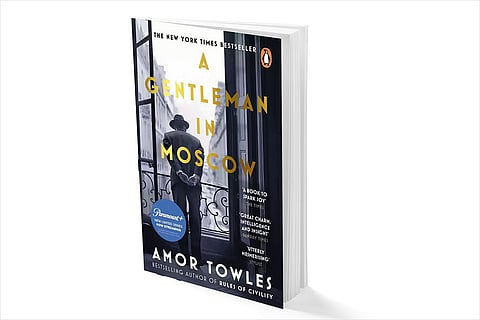
A gentleman In Moscow | Amor Towles
This book takes you into a world where you don’t want the book to end. Bittersweet for me, especially as there’ve been several years in the last two decades when I’ve stepped out of the house for literally 2 hours a week.
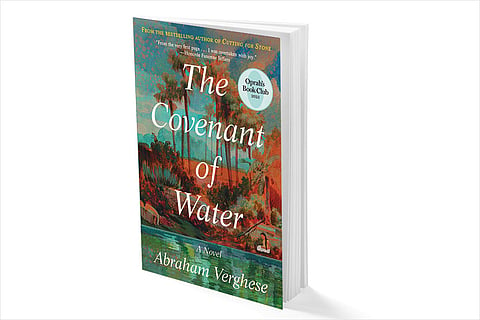
The Covenant of Water | Abraham Verghese
A vast canvas multi-generational saga encompassing much from life in the Kerala backwaters a century ago to the background of colonial rule and casteism, with a heavy dose of medical background, it’s engrossing and well-written.
It almost made it into the category, including Knife by Salman Rushdie, The Maz Files: Scoops, Scams And Showdowns by Mazhar Farooqui and The Somnath Cipher by Priyanka Narain.
Devina Mehra is chairperson, managing director and founder of First Global, an Indian and global asset management company, and author of the forthcoming Money, Myths and Mantras: The Ultimate Investment Guide